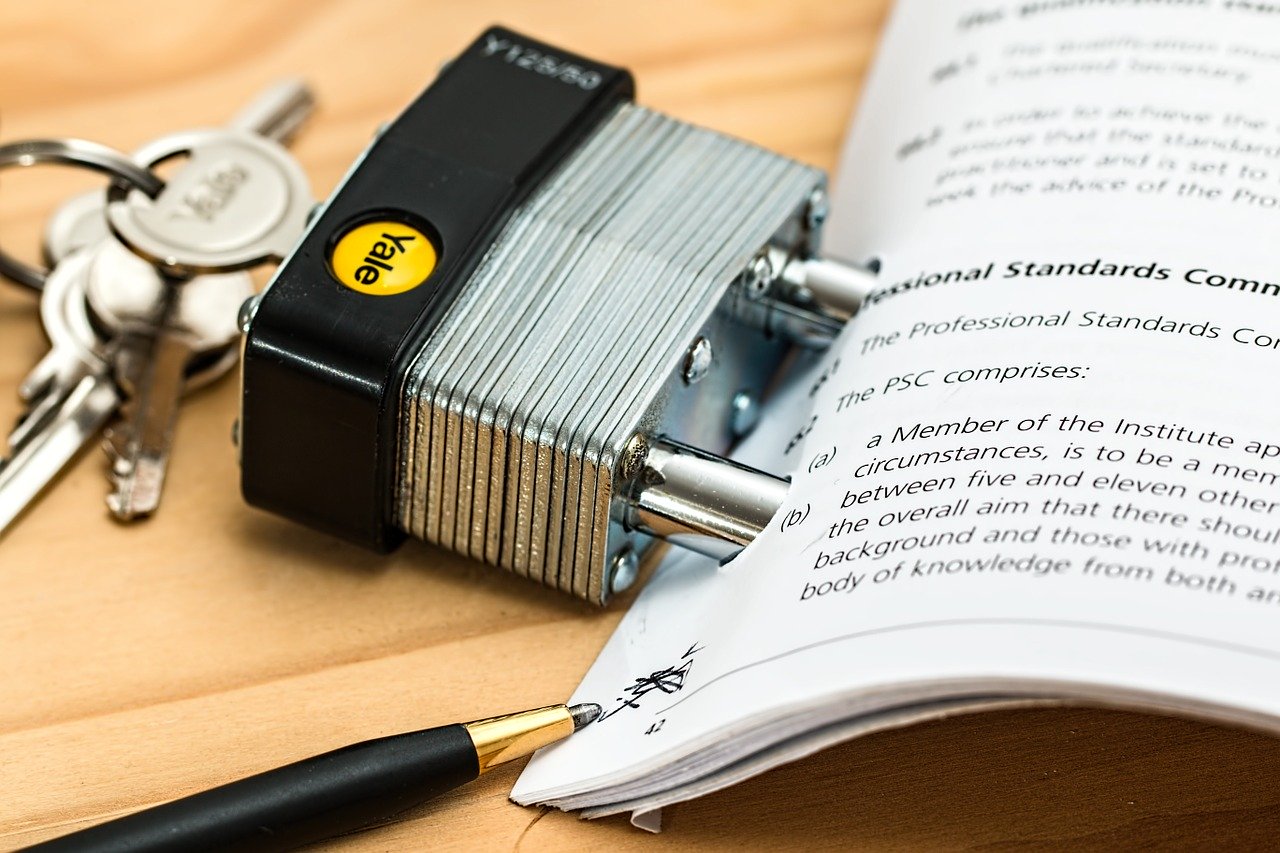All around us, technology continues to develop at lightning speed, all to make our lives easier and more efficient. Our phones are little computers that tell us how many steps we’ve walked, where the cheapest gas station is, when our next meeting is, and we can even use them to easily purchase items at a register in a store.
Most industries use various technologies to streamline their processes and the bail system is no different. One such technology is in the way bail is determined. In the past, a judge would review a defendant’s criminal history and interview the defendant to determine their risk of flight.
In many jurisdictions, judges consult a bail schedule, which is basically a list of crimes with the usual bail amounts for those crimes. In Southern California, Orange County bail bonds agents routinely consult the OC bail schedule to determine what amount of money their client will need to come up with in order to gain release from jail. But more and more courts are turning to computers to aid in the determination of bail.
There have been advancements in how bail bond agents work as well. By using various types of software that can analyze various search engines using public and private data sources and turn the data into helpful information for agents. It uses credit reporting information, background reports, social media, real estate information for determining real estate transaction histories and liens on potential collateral, criminal records, identification sites, and license plate searches.
With a compilation of this data, bond agents can make more informed decisions about co-signers, collateral, such as ensuring a property actually belongs to the defendant, recovery efforts, and even how best to market the business to reach a wider audience.
By utilizing this type of technology, your business is streamlined, allowing tasks to be completed more efficiently in less time. This helps save money on overhead costs.
This type of information gathering and compilation uses much less paper than without. They usually have digital document signing capabilities which can save on travel expenses and time. Credit cards can be accepted online, as can necessary forms that can be filled out ahead of time to make the process of getting someone out of jail that much quicker.
Software can also provide Caller ID spoofing which makes it easier to contact your client if he is avoiding your calls by making it appear as though the call is coming from a relative, spouse, or co-worker.
Some bail bondsmen now use GPS to track their clients and can even use it to determine whether or not their client is participating in some form of risky behavior such as drinking or speeding.
People may think of bail enforcement agents as they are portrayed on television: long, bleached hair, leather-clad tough guys breaking down doors and asking questions later. In reality, bail enforcement agents are by-the-book professionals who rely on technology to help locate their clients. An increasing amount of legwork is done in the office instead of on the streets.
With the use of computer programs, bail enforcement agents can find unlisted phone numbers and unknown addresses, check social media sites and the internet can also be used to set up phony contests or prizes to lure fugitives into coming forward themselves.
The bail process and bond systems have been around for nearly a thousand years. As times change, so do the rules and it only makes sense that newer technologies would change their practices as well. By staying current with the latest technologies, the bail and bail bond industries will continue to be a fair process that are even more efficient.

